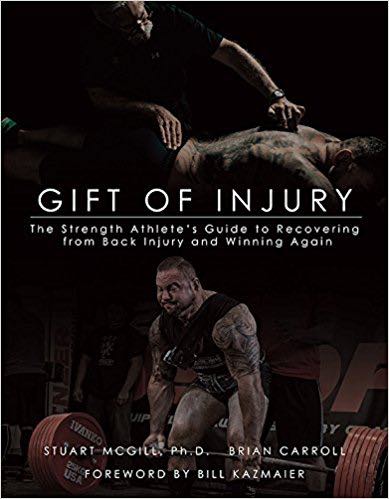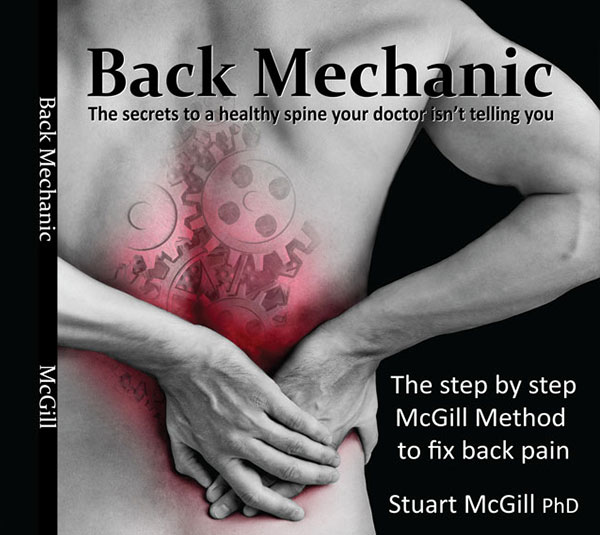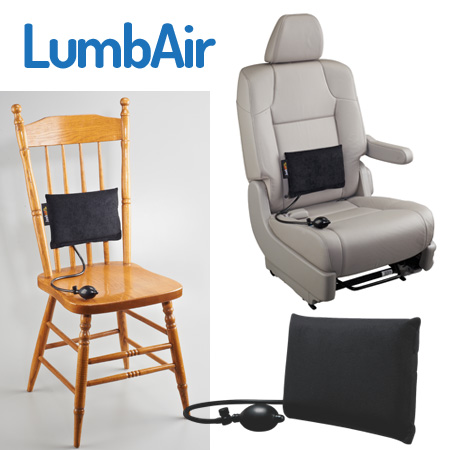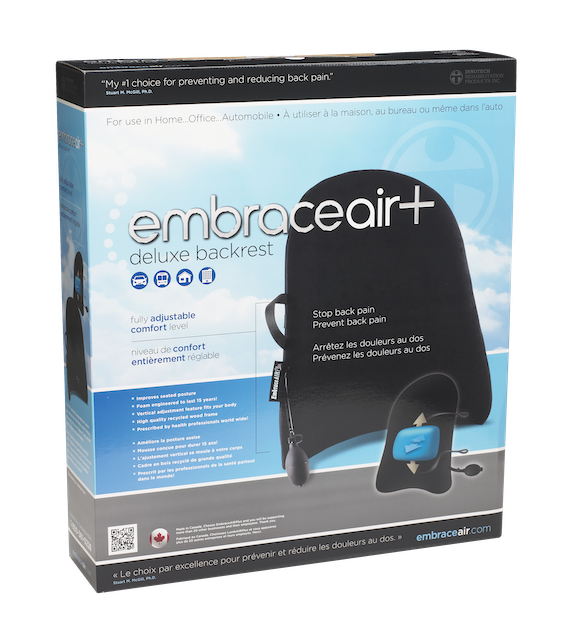17 Sep The Phases of a Proper Rebuild: Respecting the Process
Article Rundown
- Pain-free does not mean healed.
- Build pain-free capacity before chasing performance.
- Layer resilience with gradual, progressive exposures.
- Keep early principles intact while rebuilding toward goals.
The Phases of a Proper Rebuild: Respecting the Process
When it comes to rebuilding from a back injury, there are no shortcuts, magic tricks, or quick fixes. I’ve lived it myself after splitting my sacrum (as outlined in Gift of Injury), and I’ve walked hundreds of people through the process of reclaiming their lives and athletic performance. While I draw heavily on Dr. Stuart McGill’s methods, I fuse them with my own experience in strength training, coaching, and rehabilitation.
One thing I need to make clear up front: I don’t speak for Dr. McGill—or anyone else but myself. What I share is what I’ve lived and what I’ve used successfully with others. And the first truth we have to confront is this:
Pain-free does not mean healed.
I see it every week. Someone feels better after a week or two, then goes straight back to squatting 225, playing 18 holes of golf, or grinding through hours of pickleball—only to crash harder than before. This “flare up, crash, repeat” cycle happens because people don’t understand the phases of rebuilding. So let’s break it down.
Phase One: Remove the Cause and Build Pain-Free Capacity
The first step is desensitization. Before you think about lifting heavy, you need to understand and eliminate the very movements, postures, or loads that cause your pain. This is where the McGill assessment is invaluable: we identify your pain triggers and then remove them.
From there, we start building pain-free capacity. That means retraining movement patterns, using proper posture, and programming exercises that don’t provoke your injury. Precise walking mechanics, tuned—not braced—core stiffness, and staples like the Big Three (with appropriate variations) all play a role.
The hard part is learning not to “pick the scab.” If you keep poking at pain triggers, you’ll never wind down the sensitivity. Many people struggle with this because they equate “no pain today” with “I’m cured.” But the spine is not a pec or a quad—it involves discs, nerve roots, ligaments, and joints that need far longer to remodel and adapt. Muscle might recover in a day; bone takes five. Discs and supporting tissues often require months.
So if you’re pain-free for 10 days and then max out your squat, don’t be surprised when the pain comes roaring back. You skipped the work of actually earning capacity.
Phase Two: Build Resilience and Redirect Toward Goals
Once pain-free capacity is established, the next stage is resilience building. This is where we progressively expand what you can do while keeping symptoms at bay. The mistake many lifters and athletes make is skipping this stage because they “feel good.”
Think of it like golf: you don’t go from two weeks of pain to immediately playing 18 holes. Instead, you chip a few balls, add more exposures slowly, and build up to full play. The same goes for lifting—you don’t deadlift max weights just because you had a couple of good days.
Resilience training depends on your goals. For some, it’s returning to the platform. For others, it’s picking up their kids without pain or getting back to a recreational sport. Phase two might involve dumbbells, kettlebells, sled drags, or carries. The tools change, but the principle stays the same: layer in progressive exposures that bridge the gap between pain-free living and performance.
Phase Three: Rebuild Toward Specific Performance Goals
The final stage is where the real payoff comes. Phase three is about keeping the integrity of phases one and two while beginning to rebuild toward your specific goals.
This means that you don’t abandon pain-free patterns or resilience work—you carry them with you. But now you carefully layer in the demands of your sport or activity. For a lifter, that may mean gradually adding back squatting and pulling patterns. For a golfer, it could mean progressively restoring full rotational capacity. For someone who simply wants to live without pain, it may be as simple as returning to full days of work, travel, or childcare without setbacks.
Here, the art is in balancing progression with protection. The foundation remains the same—remove triggers, stay pain-free, expand resilience—but the application becomes goal-driven and personal. Done right, phase three allows you to return not just to normal life, but to the things you love most, at the highest level you can sustain.
Why Respecting the Phases Matters
The spine doesn’t play by your rules. Biology is binary—it adapts on its own timeline, not yours. If you skip steps, you’ll pay for it. That’s why I caution anyone who’s told, “You’ll be back under the bar in two weeks.” Be skeptical. That’s not how spinal adaptation works.
The people who come to see me in Jacksonville aren’t the ones who just got hurt yesterday. They’re the ones who’ve lived in pain for 10, 20, even 40 years, trying every shortcut before finally realizing they need to respect the process.
When I work with someone in person, I spend two full days assessing, winding down their pain, and workshopping the right exercises. They leave with a plan, video coaching, and clear progressions—not just a cookie-cutter rehab sheet. That’s the level of detail it takes to truly guide someone from pain to performance.
The Bottom Line
If you want to break the cycle of flare-ups and setbacks, you must respect the phases:
- Phase One: Desensitize, remove the cause, and build pain-free capacity.
- Phase Two: Expand resilience and begin layering progressive exposures.
- Phase Three: Maintain the first two phases while rebuilding toward your specific goals.
Skip steps, and you’ll keep repeating the same mistakes until your back gives out for good. Respect the process, and you can return not only to lifting and sport but to a stronger, more resilient version of yourself.











Sorry, the comment form is closed at this time.